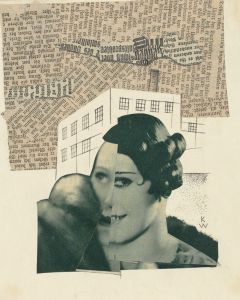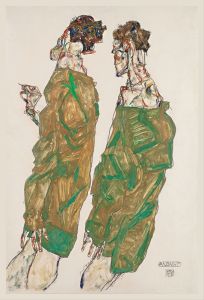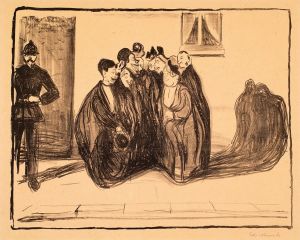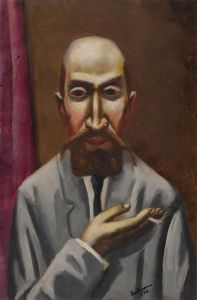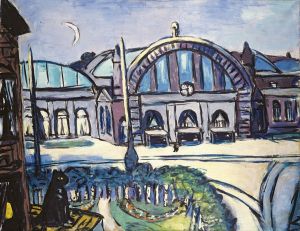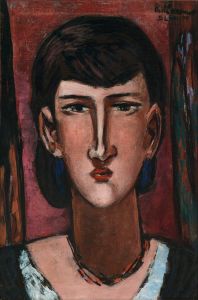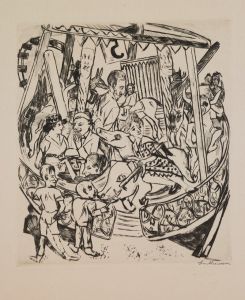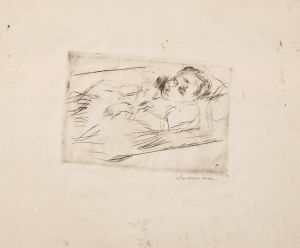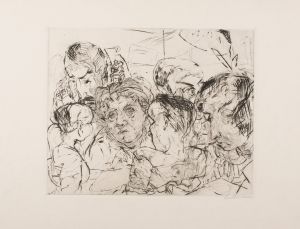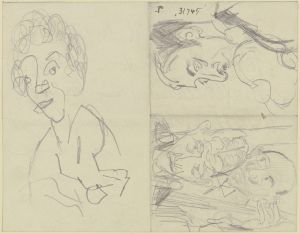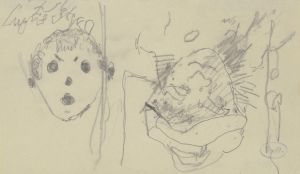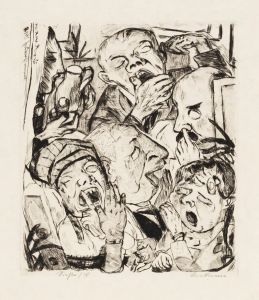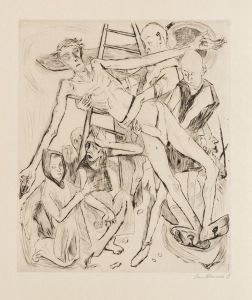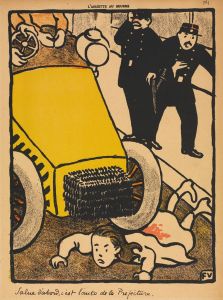
Furnished Room
A hand-painted replica of Max Beckmann’s masterpiece Furnished Room, meticulously crafted by professional artists to capture the true essence of the original. Each piece is created with museum-quality canvas and rare mineral pigments, carefully painted by experienced artists with delicate brushstrokes and rich, layered colors to perfectly recreate the texture of the original artwork. Unlike machine-printed reproductions, this hand-painted version brings the painting to life, infused with the artist’s emotions and skill in every stroke. Whether for personal collection or home decoration, it instantly elevates the artistic atmosphere of any space.
Max Beckmann's "Furnished Room" is a notable work by the German painter, who is recognized as one of the most important artists of the 20th century. Beckmann's work is often associated with the New Objectivity movement, which emerged in Germany in the aftermath of World War I. This movement was characterized by a realistic style combined with a critical social commentary, often reflecting the tumultuous socio-political climate of the Weimar Republic.
"Furnished Room" was painted in 1925, a period when Beckmann was deeply engaged in exploring themes of human existence, identity, and the complexities of modern life. This painting exemplifies Beckmann's distinctive style, which often includes bold colors, strong lines, and a sense of psychological depth. His works frequently depict interior scenes that are rich in symbolic meaning and emotional intensity.
The painting portrays an interior space, a common motif in Beckmann's oeuvre, where he often used rooms as metaphors for the human mind or society. In "Furnished Room," the composition is tightly constructed, with a focus on the interplay between the figures and the objects within the space. Beckmann's use of perspective and spatial arrangement creates a sense of tension and confinement, which may reflect the artist's views on the constraints of modern life.
The figures in the painting are rendered with Beckmann's characteristic attention to detail and expressiveness. They often appear introspective or engaged in ambiguous interactions, inviting viewers to ponder their relationships and the narrative within the scene. The objects in the room, such as furniture and personal items, are depicted with a sense of realism but also carry symbolic weight, contributing to the overall atmosphere of the painting.
Beckmann's work during this period is marked by a transition from his earlier Expressionist style to a more structured and objective approach. This shift is evident in "Furnished Room," where the emotional intensity of Expressionism is tempered by a more analytical and detached observation of reality. This balance between emotion and objectivity is a hallmark of Beckmann's mature style.
The painting reflects Beckmann's interest in the human condition and the complexities of interpersonal relationships. His work often delves into themes of alienation, identity, and the search for meaning in a rapidly changing world. "Furnished Room" can be seen as a microcosm of these broader concerns, encapsulating the tension between individual experience and the external environment.
Max Beckmann's "Furnished Room" remains a significant work within his body of art, illustrating his mastery of composition, color, and narrative. It continues to be studied and appreciated for its artistic and historical significance, offering insights into the cultural and social dynamics of early 20th-century Germany. Beckmann's ability to convey profound psychological and existential themes through his art ensures that "Furnished Room" remains a compelling and relevant piece in the study of modern art.





